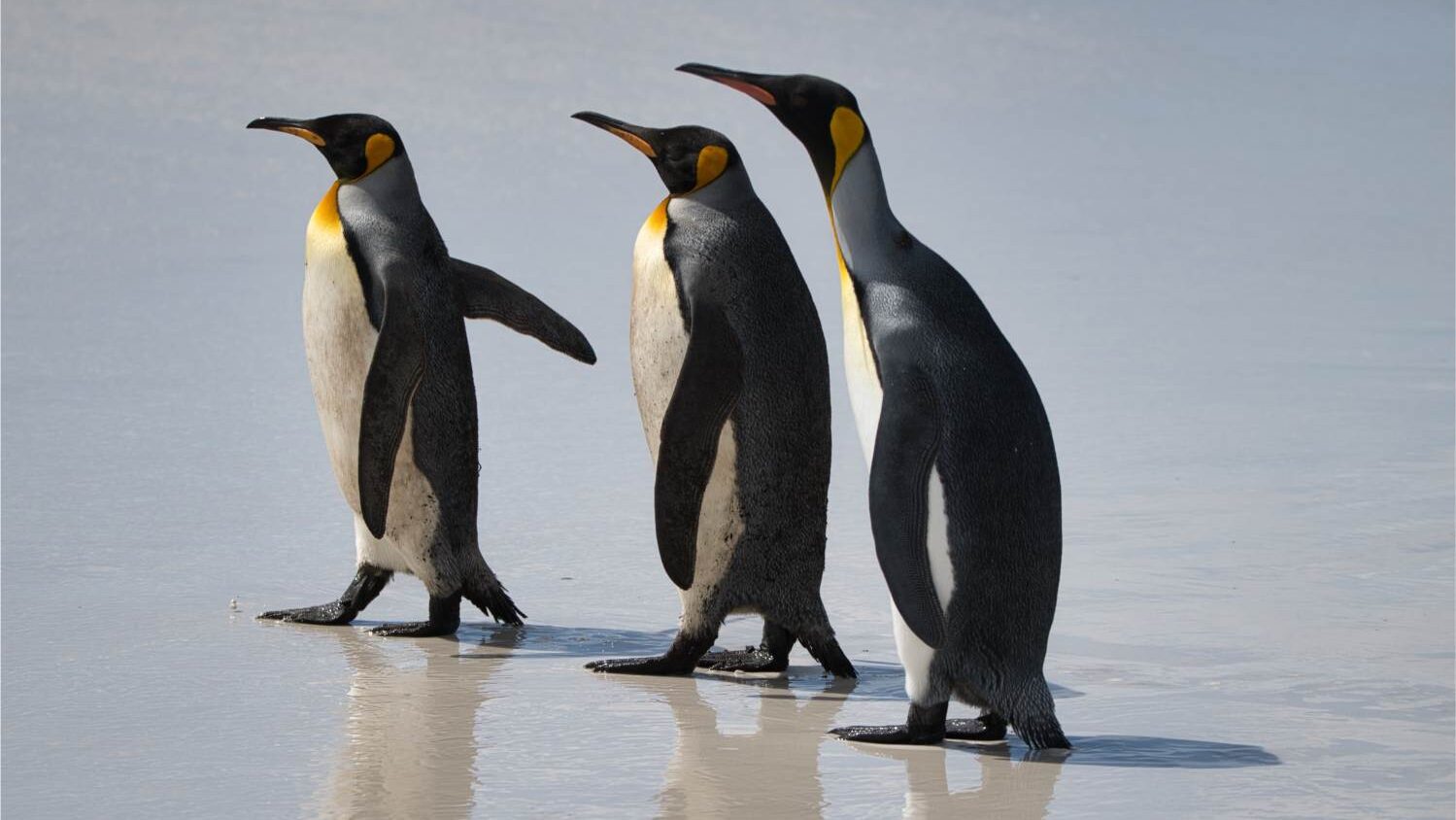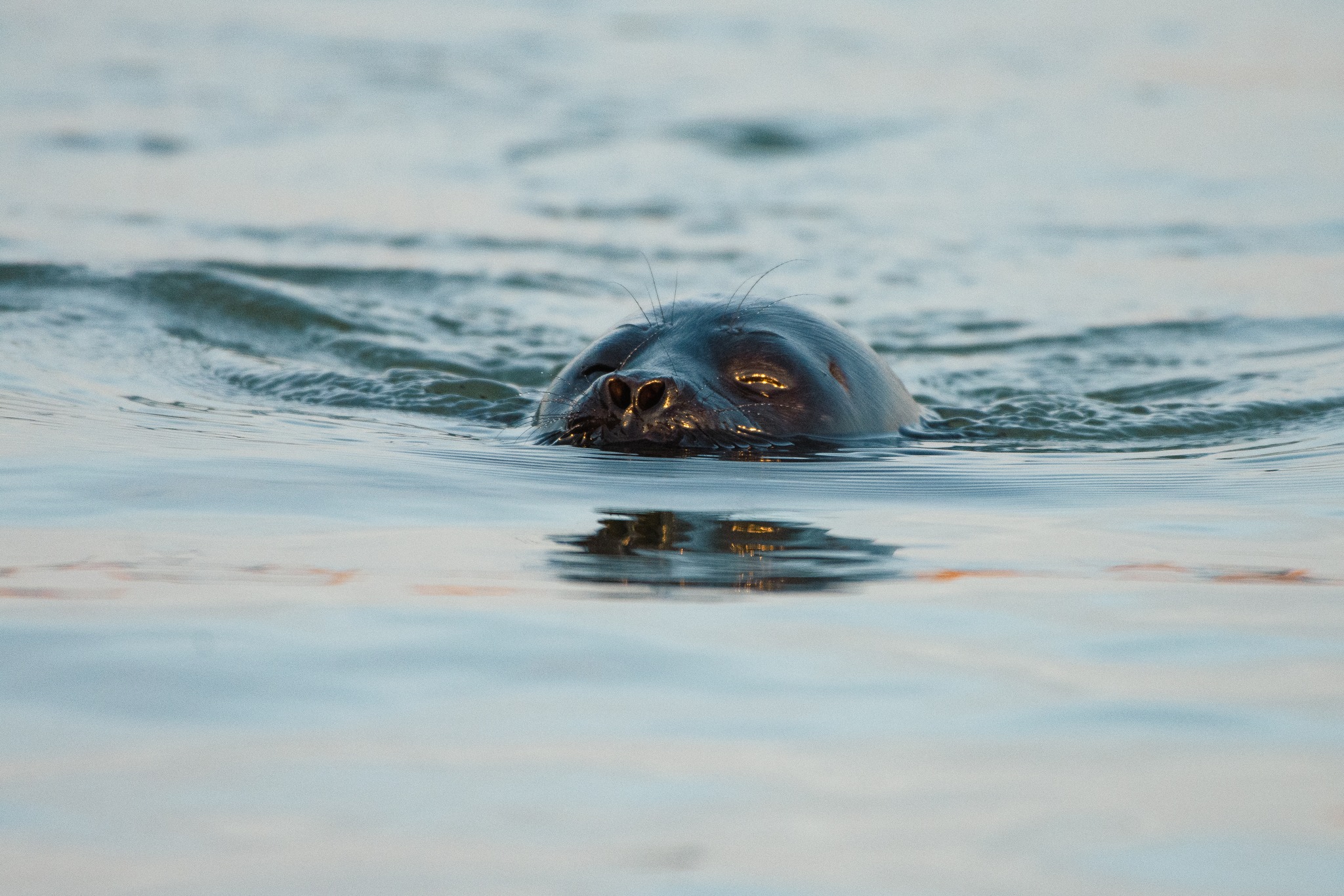Today, Estonia has its national space strategy, which pledges Estonia’s active participation in European space programs. Since becoming a member of the European Space Agency (ESA) in 2015 and the foundation of the Estonian Space Office, Estonian companies and research institutions now have access to space data, collaboration opportunities in research and development, and public tenders. The ESA’s Business Incubator in Estonia supports budding companies in space tech with funding, expert advice, and contacts.
When we think of space tech, satellites circling the orbit are one of the first things that come to mind. Estonia has deployed multiple satellites, one of the most notable ones being ESTCube-1. An educational project for students, the small satellite tested a novel movement solution using solar wind, and orbited the Earth between 2013-2015. Skeleton Technologies has developed ultracapacitors for the ESA - energy storage systems that could be used to power satellites and rocket engines.
Täismahus artikkel on loetav Eesti Elu tellijatele
Igal nädalal toome me sinuni kõige olulisemad kogukonna uudised ja eksklusiivsed lood uutelt kolumnistidelt. Räägime eestlastele südamelähedastest teemadest, kogukonna tegijatest ja sündmustest. Loodame sinu toele, et meie kogukonna leht jätkuks pikkadeks aastateks.
Hind alates $2.30 nädalas.




